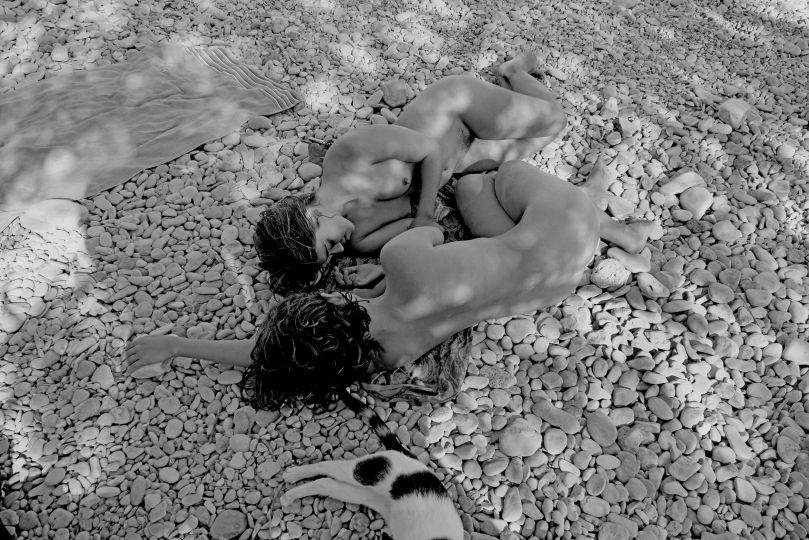The Distance in Between arises from my research into the distorted representation of the female body in advertising, and the effect that impossible aspirations generated by adverts can have on the collective consciousness. My interest is in the relationship between ‘unrealistic’ images and the reality of body image: they coexist, but remain apparently so distant. Through my photographic practice I have tried to explore the ways in which these ‘unrealistic’ images impact on the ‘real image’ of women’s bodies.
Adverts show what we have been taught to desire, and consequently, they reflect our social values. This kind of communication creates a social language that has become part of a collective ideology. In advertisements nudity is represented repeatedly until it becomes impersonal, creating the oxymoron ‘to be naked is to be dressed’. This symbolic dress is something that anyone could wear, and it contributes to a covering up of identity, personality and uniqueness. My project, The Distance in Between, is focused on this social issue, showing a series of pictures of women’s body parts. Where this absence of the individual is paramount in advertising, the body is often fragmented or interrupted for the sake of the product. The implication is that real bodies are not suitable the way they are. This can result in women feeling fragmented, thinking of their bodies as a collection of imperfect parts for which they desire the ‘perfect’ version, rather than a unitary, distinct whole.
In my photographic images, the fragmenting and de-individualising impact that advertising can have on women is depicted by fragmenting and juxtaposing some of their body parts, or cutting up photographs in ways that seem to go against the ‘wholeness’ of the unique subject. Identity is a relevant aspect to my project: I portray women the way they are, without manipulating the images. The bodies in my pictures are cut, divided into parts, often with the subject turned away from the camera. In this way their individual identities are hidden, making them voiceless.
Seeing the whole fragmented, the audience is invited to put it back together again, and to have a different consciousness of the body.
The physical separation of the body parts echoes the distance between the real people they belong to and the unrealistic ideal.
















